In this NewsFlash, we meet the new species of malaria-carrying mosquito, explore new artificial arteries and find out why the amazon rainforest may be a source of carbon emissions in dry years. Plus, how Australian researchers have developed a "thinking cap" - a simple and safe process could switch off your preconceptions and help you to think outside the box!
In this episode
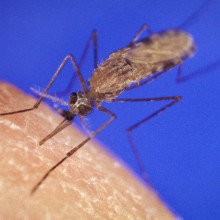
00:27 - New Malaria-susceptible mosquito found
New Malaria-susceptible mosquito found
Researchers this week have reported in the journal Science the existence of a new subspecies of mosquito, that is highly susceptible to the most dangerous form of malaria parasites.
Michelle Riehle and her colleagues from the Institut Pasteur in Paris and the University of Minnesota, collected larvae of Anopheles gambiae mosquitoes from pools around villages in Burkina Faso in West Africa over the course of two years.
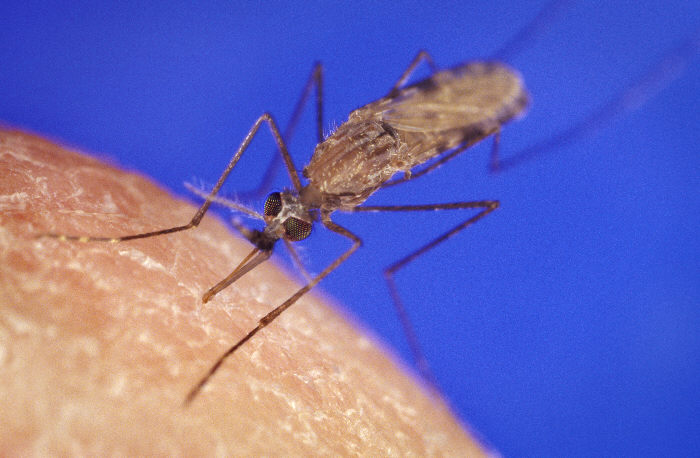 They found that there were two genetically distinct groups of mosquito larvae in the pools - one group whose genetic profile clustered with the profiles of indoor-living mosquitoes captured from inside people's houses, and a separate subgroup that have not ever been captured inside.
They found that there were two genetically distinct groups of mosquito larvae in the pools - one group whose genetic profile clustered with the profiles of indoor-living mosquitoes captured from inside people's houses, and a separate subgroup that have not ever been captured inside.
This second group, that the researchers described as behaviourally exophilic - basically they live outside - were then grown in the lab and fed blood infected with Plasmodium falciparum, the most deadly form of malaria to infect humans. The researchers found that 58% of the exophilic group became infected compared to 35% of the known indoor-living subspecies, although it's not clear whether this translates to being more likely to infect a person, and as yet there is no evidence that the exophilic subgroup feeds from humans.
The worrying thing here is that a lot of what we currently know about mosquito vectors in Africa has come from the study of mosquitoes captured inside houses and buildings, and much of the malaria control measures in the area concentrate on the indoor mosquitos - so strategies like spraying the insides of houses with insecticide and using mosquito nets. Combined with the discovery that this new subspecies is more susceptible to being infected with the Plasmodium falciparum parasite, it may mean strategies for dealing with malaria in West Africa need to be rethought.
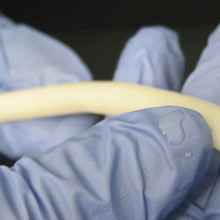
03:06 - Hard graft yields new artificial arteries
Hard graft yields new artificial arteries
The field of arterial graft surgery looks set to take a big leap forward thanks to a breakthrough by US scientists.
Writing in Science Translational Medicine, Shannon Dahl, a researcher with the North Carolina-based bioengineering company Humacyte, has described a method for making large, very strong, biocompatible artery grafts. Until now, if a patient required a replacement artery - for instance to bypass a blocked coronary vessel - the ideal source was usually one of their own long saphenous veins, which run up the legs. And although for larger graft requirements - such as repairing an aortic aneurysm - PTFE (polytetrafluoroethylene) replacements are very effective, this material is unsuitable for smaller vessels because it tends to become blocked with blood clots after a matter of months.
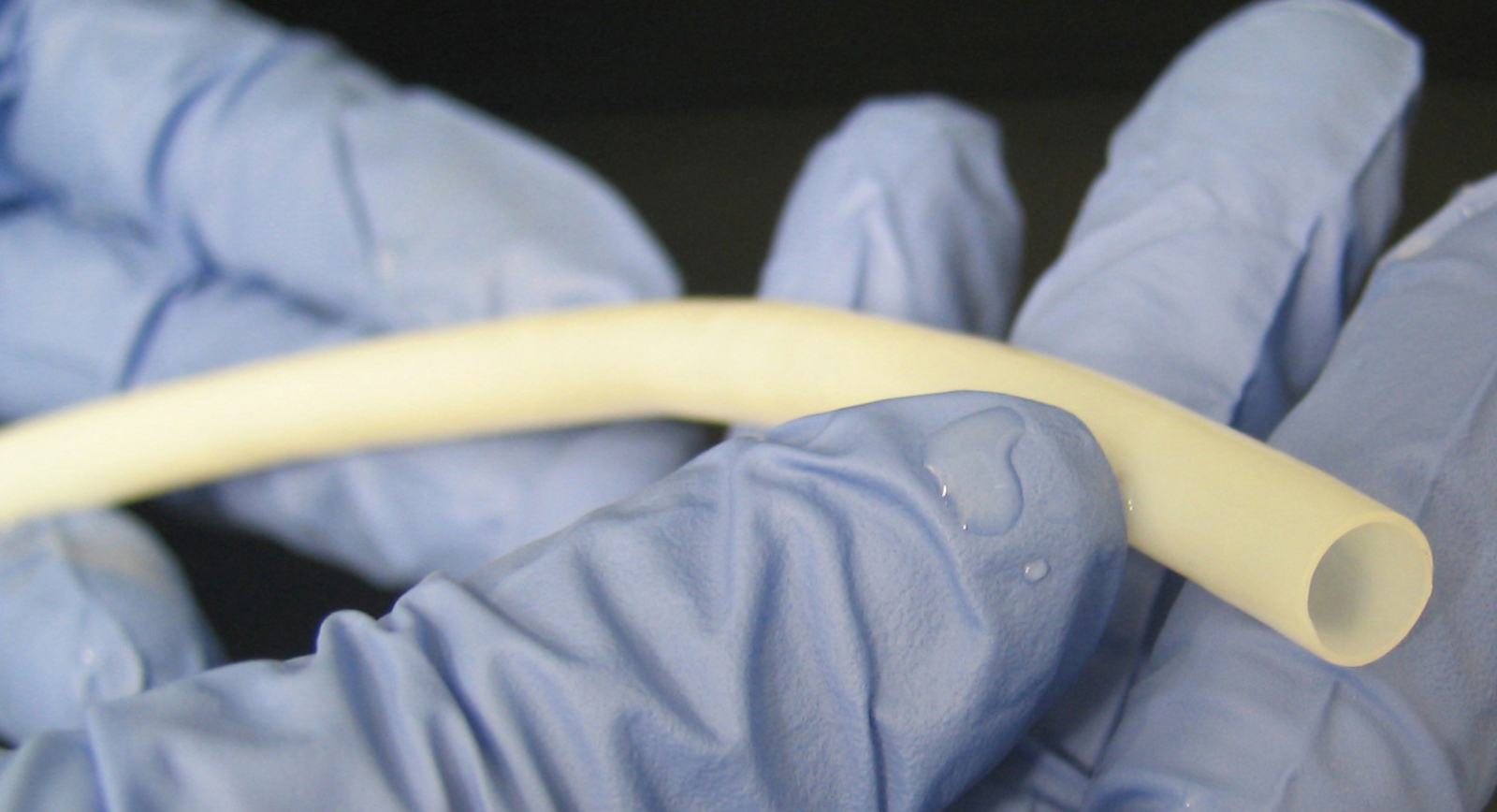 In general, except where pieces of a patient's own vessels are used, most vascular grafts (75%) work for fewer than three years. Motivated by this relatively poor performance, Dahl and her colleagues have taken a different approach - by growing new arteries.
In general, except where pieces of a patient's own vessels are used, most vascular grafts (75%) work for fewer than three years. Motivated by this relatively poor performance, Dahl and her colleagues have taken a different approach - by growing new arteries.
The method pioneered by the team involves starting with a tubular scaffolding made from a biodegradable material called polyglycolic acid (PGA). These scaffolds are immersed in a culture solution containing smooth muscle (SM) cells of the type normally found in the walls of blood vessels. Over a seven to ten week period the smooth muscle cells proliferated over the PGA scaffold, dissolving and replacing it with a matrix of connective tissue. Next, detergents were used to "decellularise" the nascent vessels, leaving behind just a tough connective tissue "tube".
Pressure tests showed that these structures could withstand over 3000 mmHg, fifteen times normal human blood pressure. Next, to verify their clinical potential, the team implanted the grafts, which are dubbed TEVGs - Tissue Engineered Vascular Grafts - into baboons, cats and dogs, where they remained long-term patent in over 80% of cases. Subsequent study of the implanted grafts showed that the animal's own endothelial cells, which line the vasculature, had grown in to coat the interior surfaces of the grafts.
Critically, there was also no evidence that the animals' immune systems were reacting to the implanted vessels. This suggests that the technique could be used to rapidly produce safe, non-immunogenic replacement vascular segments for human recipients, including patients requiring vascular access for kidney dialysis, and in large amounts.
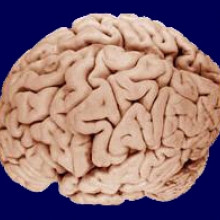
07:06 - Electrical brain stimulation boosts lateral thought
Electrical brain stimulation boosts lateral thought
Researchers in Australia have come up with the electrical equivalent of a thinking cap, capable of broadening the mind. Writing in PLoS One this week, University of Sydney scientists Richard Chi and Allan Snyder used a technique called transcranial direct current stimulation (tDCS) to significantly boost the problem-solving abilities of a group of 60 volunteers. The two researchers set out to test the hypothesis that the more we know, the more close-minded we are; in other words, the better informed we become, the less intuitive it is to "think outside the box". This, they reasoned, is down to a brain  region in the anterior temporal lobe, which has previously been associated with insight and attaching novel meaning to experiences and situations. Damage to this area on the dominant (usually left) side of the brain in patients with dementing diseases, head injuries and strokes has been shown to lead to the emergence of latent artistic and other creative talents, suggesting that, on the dominant side of the brain, it probably plays a role exerting a top-down or hypothesis-driven style of cognitive reasoning.
region in the anterior temporal lobe, which has previously been associated with insight and attaching novel meaning to experiences and situations. Damage to this area on the dominant (usually left) side of the brain in patients with dementing diseases, head injuries and strokes has been shown to lead to the emergence of latent artistic and other creative talents, suggesting that, on the dominant side of the brain, it probably plays a role exerting a top-down or hypothesis-driven style of cognitive reasoning.
Damaging or deactivating it, on the other hand, therefore unleashes the more creative non-dominant, right hand side of the brain. The researchers therefore asked their particpants to solve some logic puzzles that were arranged in three categories of increasing difficulty and involved moving matches according to a simple rule in order to complete a set of sums. During an initial training session, the subjects solved puzzles that all involved the same strategy. This knowledge, the researchers expected, would then make it trickier for the participants to solve the subsequent puzzles, that required a different approach. The volunteers were divided into three groups. In one group a small current was applied imperceptibly across the temporal region of the head with the left side negative and the right side positive. This configuration has been shown to inhibit underlying structures on the left. A second group were rigged identically except that the right side was made negative and the left side positive. A third group were controls and received no stimulation.
The results showed a powerful effect, with subjects receiving the left-negative stimulation showing significantly more success solving the subsequent puzzles than either the other stimulation group or the controls (50% success versus 20% respectively). In other words, those subjects in which the left anterior temporal region was inhibited were much better at developing original cognitive strategies to solve the novel problems. Quite literally, these individuals were thinking better outside the box. As the researchers point out "predisposition to use contextual cues from past experience confers a clear evolutionary advantage in rapidly dealing with the familiar, but this can lead to the mental set effect or over-generalisation." Snyder and Chi also quote John Maynard Keynes who pointed out in the 1930s, "The difficulty lies, not with the new ideas, but inescaping from the old ones, which ramify into every corner of our mind." And it looks like he was right!
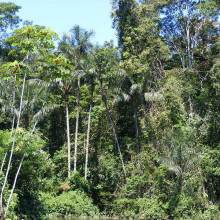
13:43 - Dry Amazon rainforest could contribute to climate change
Dry Amazon rainforest could contribute to climate change
Back in 2005, the Amazon, which covers nearly 7 million km squared of South America, suffered a drought which was billed as a 'once in a century' event. Droughts like this are caused by increased sea surface temperatures in the atlantic ocean.
Now a team led by Simon Lewis from the University of Leeds have analysed data from another drought, in 2010, and concluded that this was in fact even more serious, and that these successive droughts could start causing big global problems.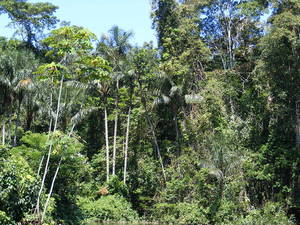
They found 57% of the Amazon region had low rainfall in 2010 compared to 37% in 2005, and also that the water stress on trees was more severe. They worked this out using a measure of drought severity called the maximum climatological water deficit, that correlates with how likely trees are to die from a drought, which they calculated by taking away the estimated transpiration of the trees - that's the amount of water they lose from their leaves - from the lowest amount of water input to the region. So doing this they estimated 3.2km2 of forest in 2010 would have suffered a level of drought enough to cause significant tree death compared to 2.5km2 in 2005.
So why is this important? Well the Amazon acts as a giant carbon sink - sucking CO2 out of the atmosphere and locking it away in plant matter, which has helped to act like a buffer against all the extra CO2 humans have been pumping up into the atmosphere. But if droughts like the 2005 and 2010 events keep happening, and they will if sea surface temperatures continue to rise as they have been in recent years, more trees will die. This means that not only will the trees stop taking in CO2, but they will actually start to release it as a result of being broken down by microbes. Another effect of increasing temperatures, combined with a build up of dead plant material is an increase in the likelihood of forest fires, which can release huge amounts of CO2.
Simon Lewis and his colleagues suggest that this could become a positive feedback cycle, resulting in major forest loss and the loss of an important carbon buffering system, which could have major global implications.
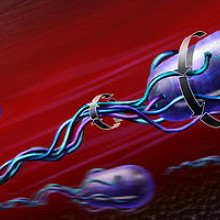
16:27 - Programmable packaging for cells
Programmable packaging for cells
Scientists have developed the cellular equivalent of a shrink-wrapping system which is capable of packaging up chemicals inside the cell.
Writing in Science, Zurich-based researcher Donald Hilvert and his colleagues added a gene encoding the enzyme lumazine synthase to E. coli bacteria. This enzyme, borrowed from another bacterium that inhabits hot springs, is normally involved in the synthesis of one of the B vitamins. But it also self-assembles into hollow, 20-sided icosahedral cages or "capsids" capable of carrying a cargo.
The breakthrough achieved by the Zurich team was to "functionalise" the cages so that as soon as they were assembled inside a cell, they would automatically grab a specific chemical and package it inside themselves. This was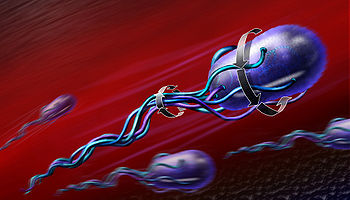 achieved by altering a small number of the amino acid building blocks from which the cages are built to give them an additional negative charge. Then, by adding a positively-charged chemical group to the substance they wanted to sequester inside, the electrical attraction between the two took care of the rest.
achieved by altering a small number of the amino acid building blocks from which the cages are built to give them an additional negative charge. Then, by adding a positively-charged chemical group to the substance they wanted to sequester inside, the electrical attraction between the two took care of the rest.
The concept was proved by also adding the gene to the same E. coli for the protease enzyme made by HIV. This is normally toxic to any cell that makes it, but by locking it away inside the molecular cage inside the cell, the bacteria could safely make and package the substance without harm.
Even better, as the bacteria grew over a series of generations, they naturally evolved to become 10 times better at doing the task. This trick, say the researchers, is the first step towards designing bespoke molecular cages that can be used to package biosynthesised substances, including chemicals that have previously proved difficult for reasons of toxicity or stability, or are troublesome to purify.









Comments
Add a comment